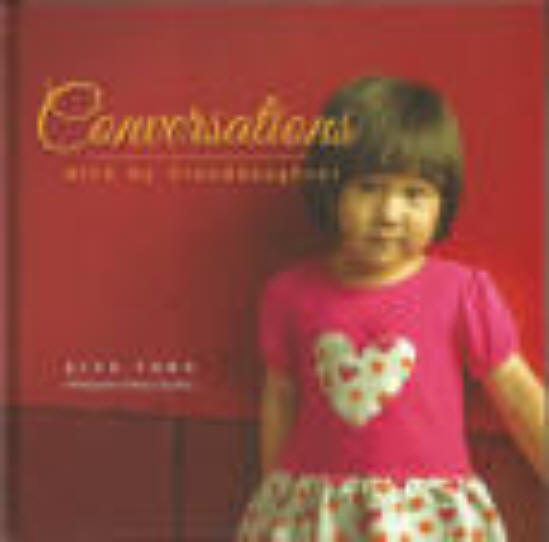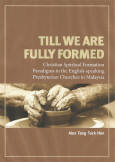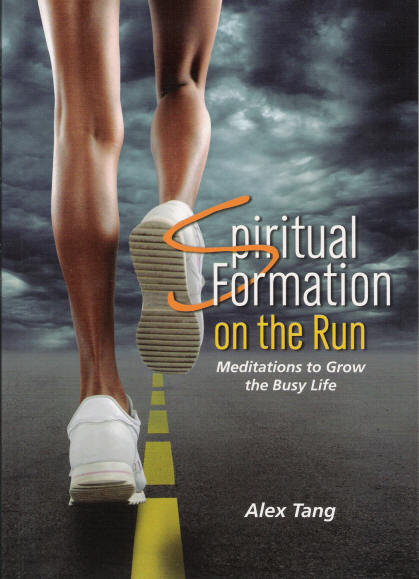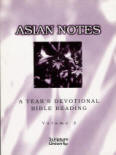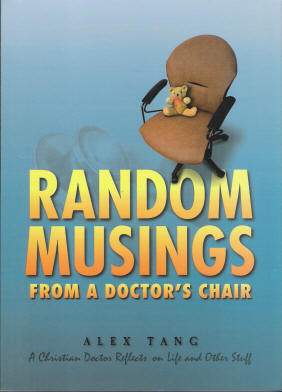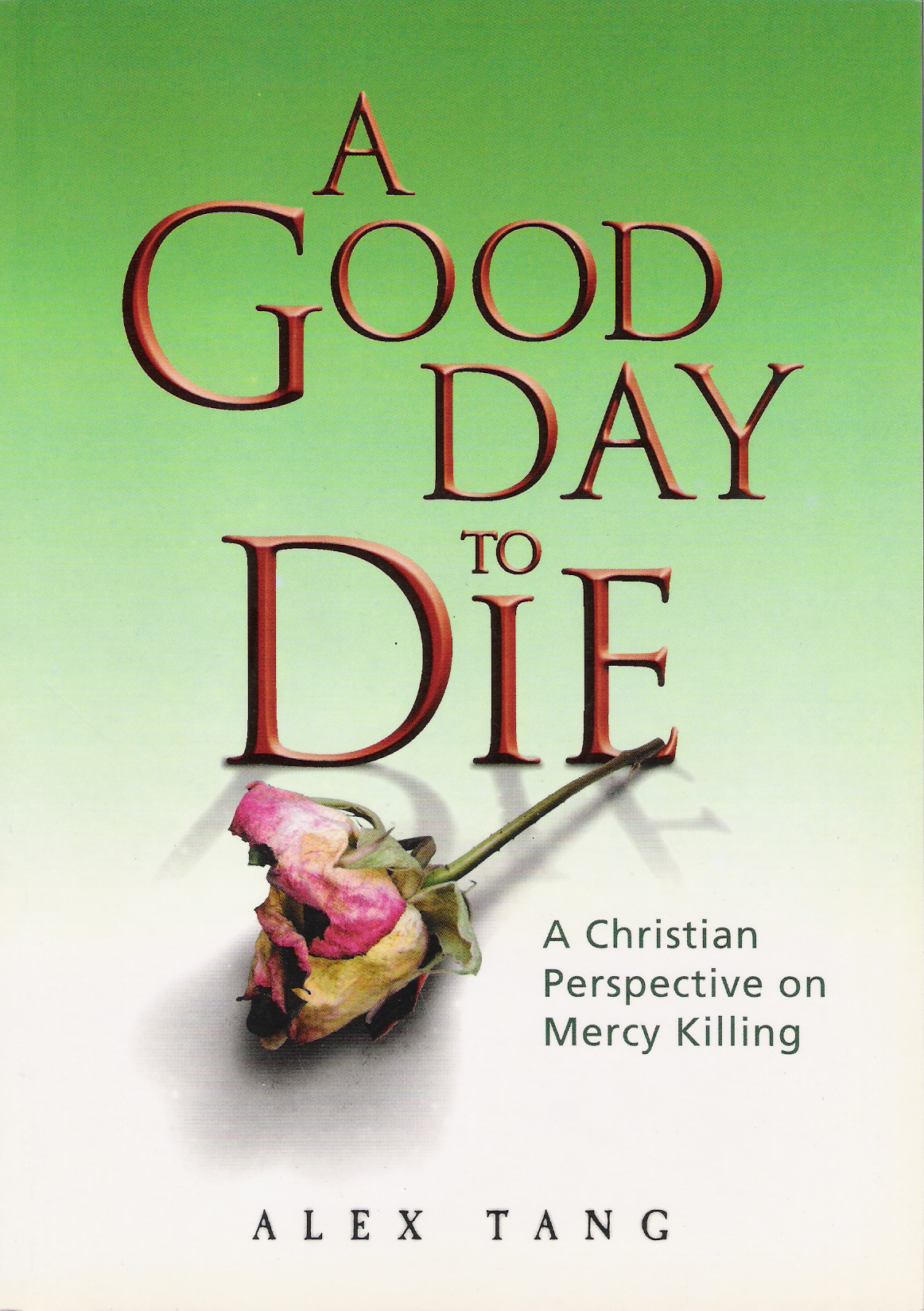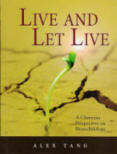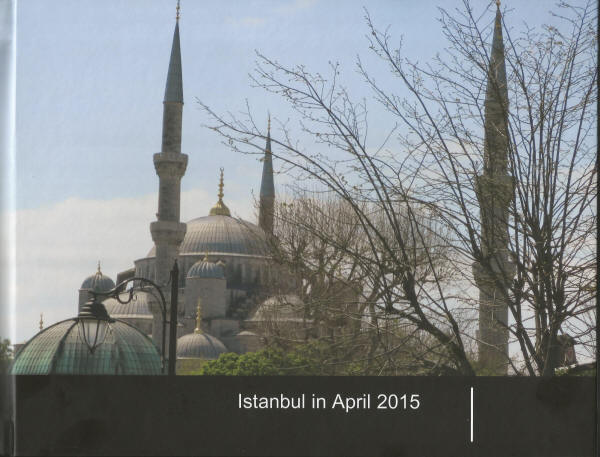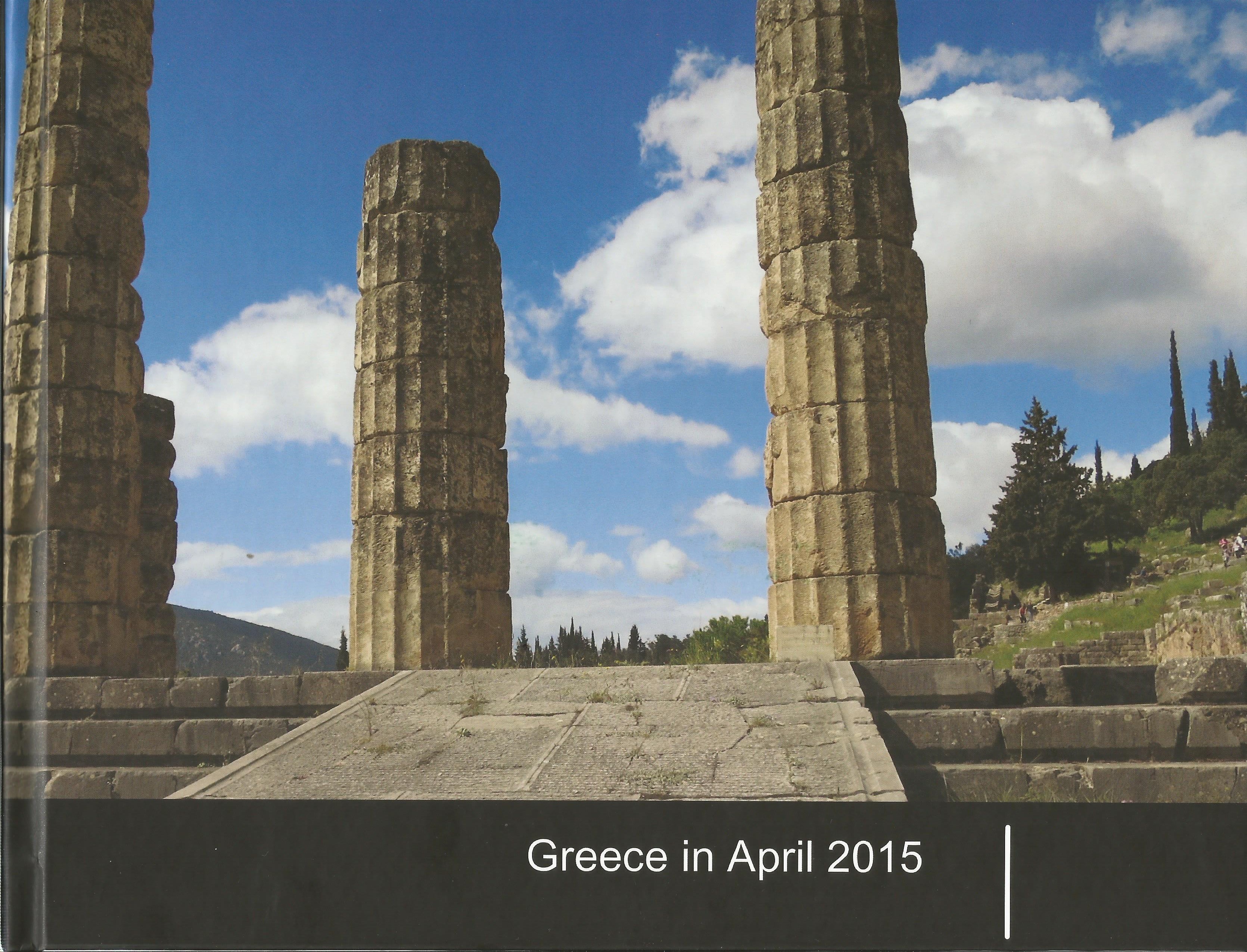(the letter is printed exactly as received Wednesday afternoon)
A Letter to the Presbyterian Church (U.S.A.)
February 2, 2011
Brothers and Sisters in Christ,
To say the Presbyterian Church (U.S.A.) is deathly ill is not editorializing but acknowledging reality. Over the past year, a group of PC(USA) pastors has become convinced that to remain locked in unending controversy will only continue a slow demise, dishonor our calling, and offer a poor legacy to those we hope will follow us. We recently met in Phoenix, and have grown in number and commitment. We humbly share responsibility for the failure of our common life, and are no better as pastors nor more righteous than anyone on other sides of tough issues.
Our denomination has been in steady decline for 45 years, now literally half the size of a generation ago. Most congregations see far more funerals than infant baptisms because we are an aging denomination. Only 1,500 of our 5,439 smallest churches have an installed pastor, putting their future viability as congregations in doubt. Even many larger congregations, which grew well for decades, have hit a season of plateau or decline. Our governing bodies reflect these trends, losing financial strength, staffing, and viability as presbyteries, synods, and national offices.
How we got to this place is less important than how to move forward. We are determined to get past rancorous, draining internal disputes that paralyze our common life and ministry. We believe the PC(USA) will not survive without drastic intervention, and stand ready to DO something different, to thrive as the Body of Christ. We call others of like mind to envision a new future for congregations that share our Presbyterian, Reformed, Evangelical heritage. If the denomination has the ability and will to move in this new direction, we will rejoice. Regardless, a group of us will change course, forming a new way for our congregations to relate. We hate the appearance of schism – but the PC(USA) is divided already. Our proposal only acknowledges the fractured denomination we have become.
Homosexual ordination has been the flashpoint of controversy for the last 35 years. Yet, that issue – with endless, contentious “yes” and “no” votes – masks deeper, more important divisions within the PC(USA). Our divisions revolve around differing understandings of Scripture, authority, Christology, the extent of salvation amidst creeping universalism, and a broader set of moral issues.
Outside of presbytery meetings, we mostly exist in separate worlds, with opposing sides reading different books and journals, attending different conferences, and supporting different causes. There is no longer common understanding of what is meant by being “Reformed.” Indeed, many sense that the only unity we have left is contained in the property clause and the pension plan; some feel like withholding per capita is a club used against them, while others feel locked into institutional captivity by property. While everyone wearies of battles over ordination, these battles divert us from a host of issues that affect the way our congregations fail to attract either young believers or those outside the faith. Thus, we age, shrink, and become increasingly irrelevant. Is it time to acknowledge that traditional denominations like the PC(USA) have served in their day but now must be radically transformed?
We need something new, characterized by:
1.A clear, concise theological core to which we subscribe, within classic biblical, Reformed/Evangelical traditions, and a pledge to live according to those beliefs, regardless of cultural pressures to conform;
2.A commitment to nurture leadership in local congregations, which we believe is a primary expression of the Kingdom of God. We will identify, develop, and train a new generation of leaders - clergy and laity;
3.A passion to share in the larger mission of the people of God around the world, especially among the least, the lost, and the left behind;
4.A dream of multiplying healthy, missional communities throughout North America;
5.A pattern of fellowship reflecting the realities of our scattered life and joint mission, with regular gatherings locally, regionally, and nationally to excite our ability to dream together.
Our values include:
1.A minimalist structure, replacing bureaucracy and most rules with relational networks of common purpose;
2.Property and assets under stewardship of the local Session. Dues/Gifts for common administration should only allow and enable continued affiliation among these congregations;
3.Rather than large institutions, joint ventures with specialized ministries as congregations deem helpful [PC(USA) World Mission may be a source of joint support, aspects of the Board of Pensions, Presbyterian Foundation, Presbyterian Global Fellowship, Presbyterians for Renewal conferences, Outreach Foundation, etc.];
4.An atmosphere of support for congregations both within and outside of the PC(USA).
We invite like-minded pastors and elders to a gathering on August 25-27 in Minneapolis to explore joining this movement and help shape its character. Our purpose is to LIVE INTO new patterns as they are created, modeling a way of faith: the worship, supportive fellowship, sharing of best practices, and accessible theology that brings unity and the Spirit's vitality.
OUR PROPOSAL:
1
.A Fellowship: The most immediate change we intend is creating a new way of relating in common faith, a Fellowship (name to be determined). The primary purpose of this Fellowship will be the encouragement of local congregations to live out the Good News proclaimed by our Savior, increasing the impact of the Kingdom of Heaven. This Fellowship will exist within current presbyteries for the time being, but energies and resources will flow in new directions. It is an intermediate tool to bring together like-minded congregations and pastors, to enable us to build a future different than our fractured present.
2.
New Synod/Presbyteries: In the near future we will need “middle bodies” that offer freedom to express historical, biblical values amid ordination changes in the PC(USA). More importantly, we long for presbytery-like bodies with theological and missional consensus rather than fundamental disagreement over so many core issues. We need new processes that identify and support the next generation of leadership differently than the current model, which unintentionally weeds out the entrepreneurial persons we so desperately need in our congregations. Many current functions should be removed; some, like curriculum and mission relationships, have become less centralized already. We will work with the Middle Governing Bodies Commission since changes to The Book of Order will be needed to step fully into this reality.
3.
Possible New Reformed Body: Congregations and presbyteries that remain in a denomination that fundamentally changes will become an insurmountable problem for many. Some members of the Fellowship will need an entity apart from the current PC(USA). It is likely that a new body will need to be created, beyond the boundary of the current PC(USA), while remaining in correspondence with its congregations. The wall between these partner Reformed bodies will be permeable, allowing congregations and pastors to be members in the Fellowship regardless of denominational affiliation. All kinds of possibilities exist, and much will depend on how supportive the PC(USA) can be in allowing something new to flourish.
4.
Possible Reconfiguration of the PC(USA): We intend to continue conversations within the PC(USA), and have met with both Louisville's leadership and that of the Covenant Network in the past few months. We believe the denomination no longer provides a viable future and perceive that the Covenant Network also sees a broken system. We hope to work together to see if some new alignment might serve the whole Church.
Any model that includes an entity outside the PC(USA) does mean fewer remaining congregations, pastors, and elders to fight the challenges of the current PC(USA). Votes will swing in directions that had not been desirable before. For many this outcome simply acknowledges that fighting is not the way we choose to proceed; our goal is not institutional survival but effective faithfulness as full participants in the worldwide Church. We hope to discover and model what a new "Reformed body" looks like in the coming years, and we invite you to join us, stepping faithfully, boldly, and joyfully into the work for which God has called us.
read
more
.
Labels: Church, Reformed


 Sister Maria at Agapia Monastery in Romania described the prayer rope a novice nun receives when she is tonsured (officially accepted into the community, with vows) “They say ‘take brother or sister. Take this Sword of the Holy Spirit’ and always wherever you go and walk, or when you eat and so on, and even in your sleep, always recite this prayer: “Lord Jesus Christ Son of God have mercy on me a sinner.” Father John asked her if ordinary people could pray the Jesus Prayer. She said, “Of course, everybody could. I heard spiritual fathers, famous spiritual fathers, even by radio say everybody should recite this prayer. Why not?” Dr. Norris Chumley asked her about the key points in the Jesus Prayer. Sister Maria explained, “the key, the soul of the prayer is repentance. If you repent yourself it is the beginning… repentance is a resurrection. Repentance is the beginning until the end, repentance, repentance!”
Sister Maria at Agapia Monastery in Romania described the prayer rope a novice nun receives when she is tonsured (officially accepted into the community, with vows) “They say ‘take brother or sister. Take this Sword of the Holy Spirit’ and always wherever you go and walk, or when you eat and so on, and even in your sleep, always recite this prayer: “Lord Jesus Christ Son of God have mercy on me a sinner.” Father John asked her if ordinary people could pray the Jesus Prayer. She said, “Of course, everybody could. I heard spiritual fathers, famous spiritual fathers, even by radio say everybody should recite this prayer. Why not?” Dr. Norris Chumley asked her about the key points in the Jesus Prayer. Sister Maria explained, “the key, the soul of the prayer is repentance. If you repent yourself it is the beginning… repentance is a resurrection. Repentance is the beginning until the end, repentance, repentance!” Others, such as Father Ephraim, the Abbott of Vatopedi Monastery on Mount Athos, in Greece, cautioned us about the necessity of a spiritual father or mother. He made the point that it is OK to occasionally say the Jesus Prayer, but that continued recitation of it, in combination with breathing exercises and special postures (that of a hesychast, or tonsured monk or nun) must be done with guidance. He said in affect “it could be dangerous to try to be a monastic outside a monastery.”
Others, such as Father Ephraim, the Abbott of Vatopedi Monastery on Mount Athos, in Greece, cautioned us about the necessity of a spiritual father or mother. He made the point that it is OK to occasionally say the Jesus Prayer, but that continued recitation of it, in combination with breathing exercises and special postures (that of a hesychast, or tonsured monk or nun) must be done with guidance. He said in affect “it could be dangerous to try to be a monastic outside a monastery.” The late Archimandrite Teofil, the Starets or Spiritual Guide of Brancoveanu Monastery in Romania rather rebelliously taught us that anyone can practice the Jesus Prayer. He explained that it is not Jesus Christ’s prayer, but a prayer used by His followers, and possibly first uttered by an Apostle. He went on to say that the purpose of the Jesus Prayer is “to make a link between prayer and mind, between mind and heart, between the power that thinks and the power that loves. So the mind that goes down into the heart is not an activity of the human being, it is a work of God. What we are doing is that we pray to God for the unity of our own being, the whole being.”
The late Archimandrite Teofil, the Starets or Spiritual Guide of Brancoveanu Monastery in Romania rather rebelliously taught us that anyone can practice the Jesus Prayer. He explained that it is not Jesus Christ’s prayer, but a prayer used by His followers, and possibly first uttered by an Apostle. He went on to say that the purpose of the Jesus Prayer is “to make a link between prayer and mind, between mind and heart, between the power that thinks and the power that loves. So the mind that goes down into the heart is not an activity of the human being, it is a work of God. What we are doing is that we pray to God for the unity of our own being, the whole being.”



























